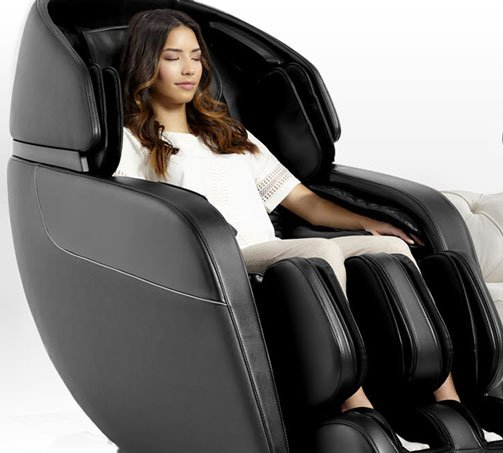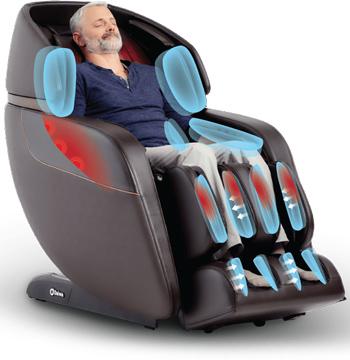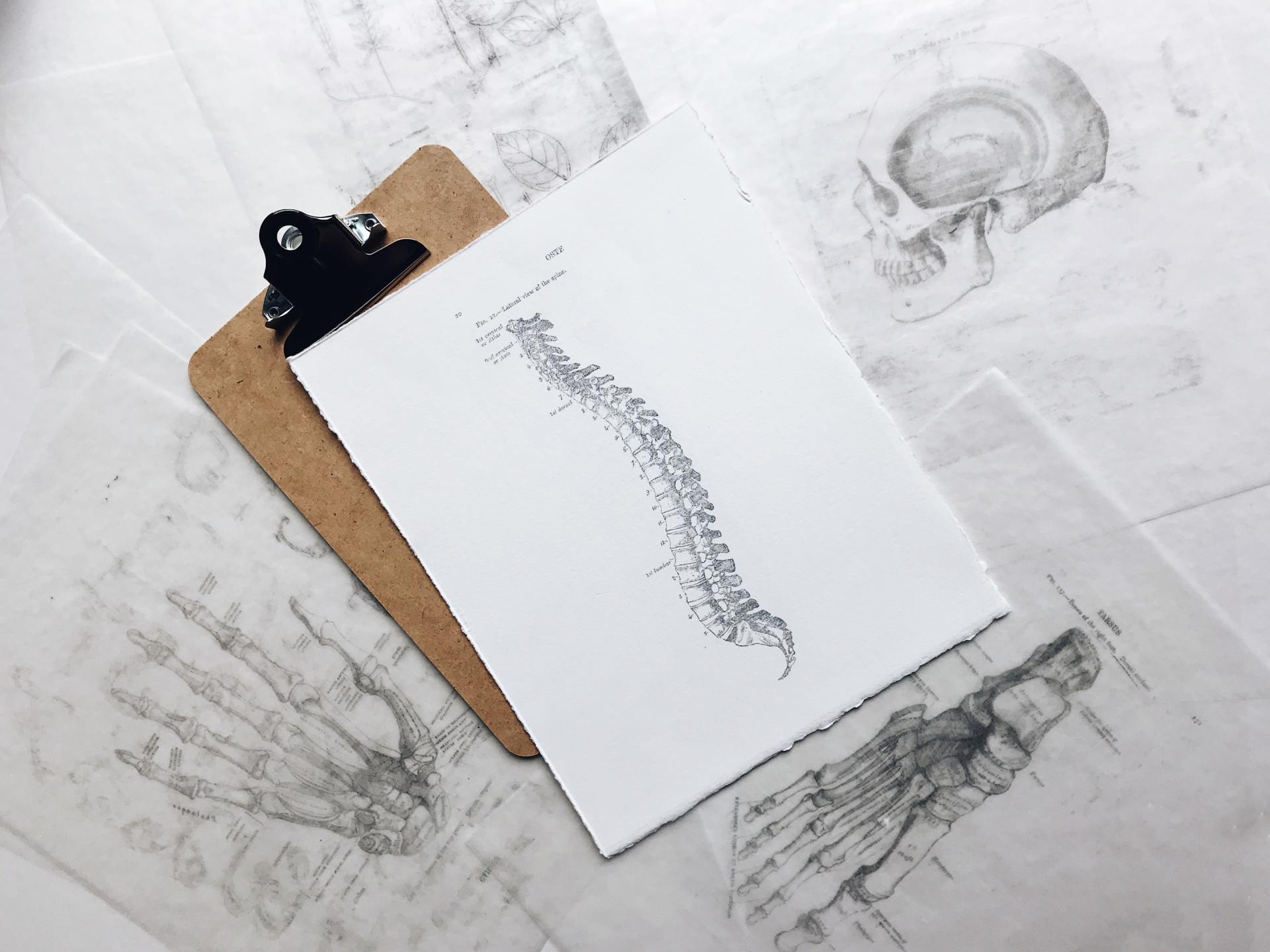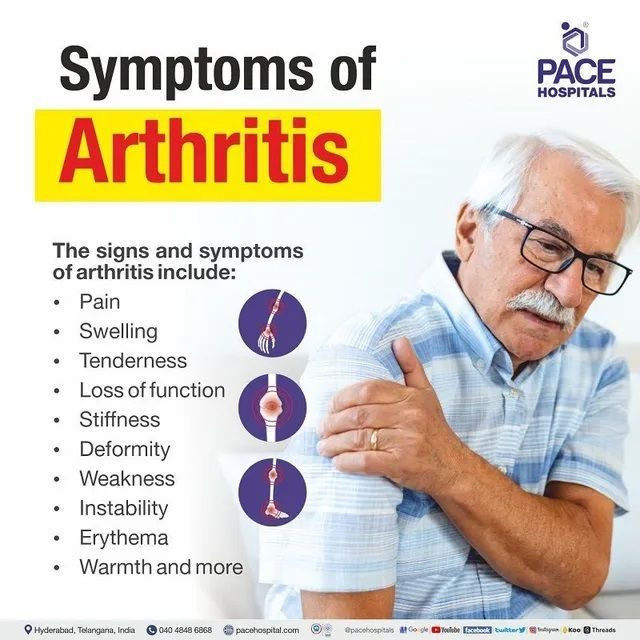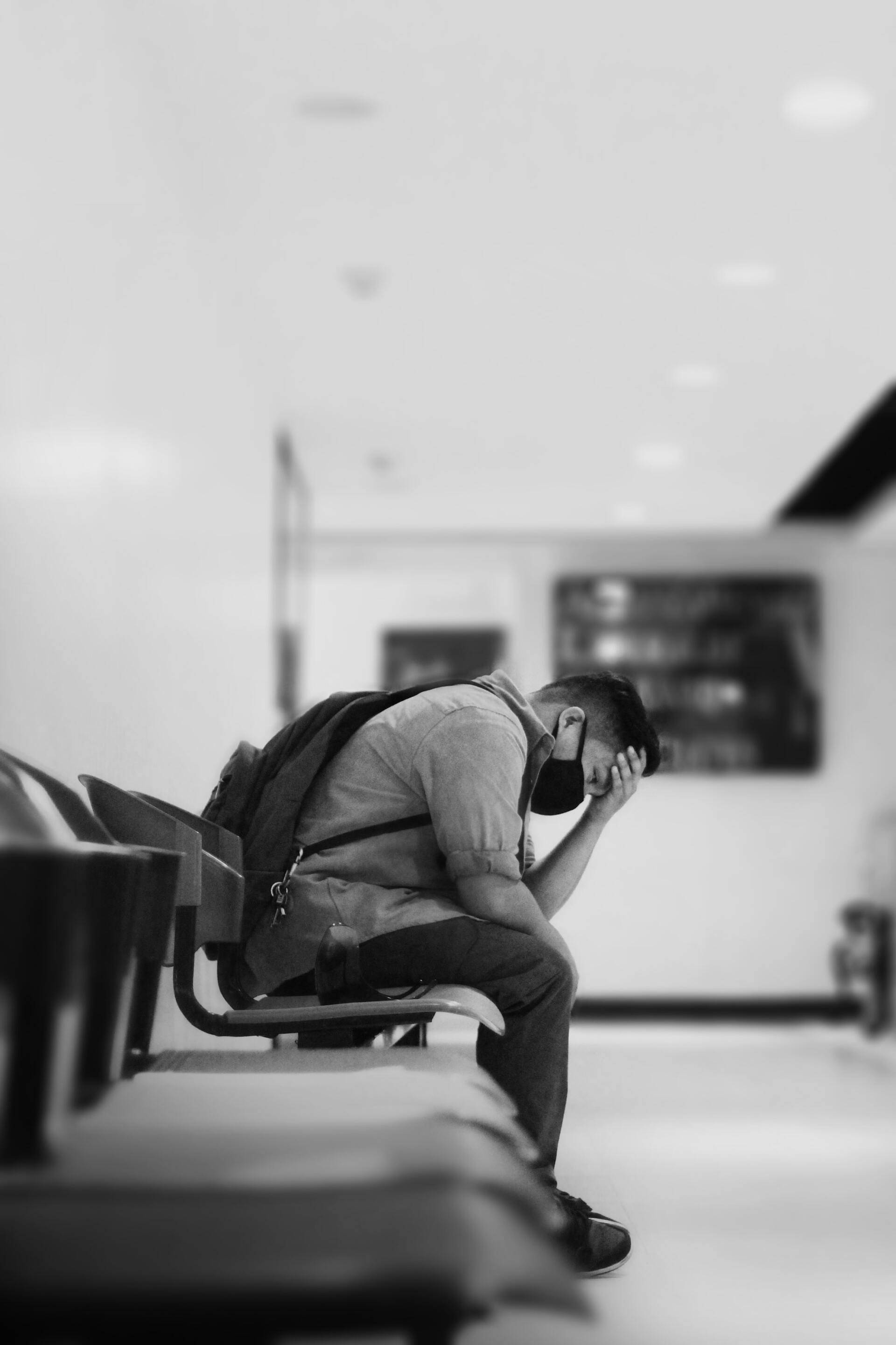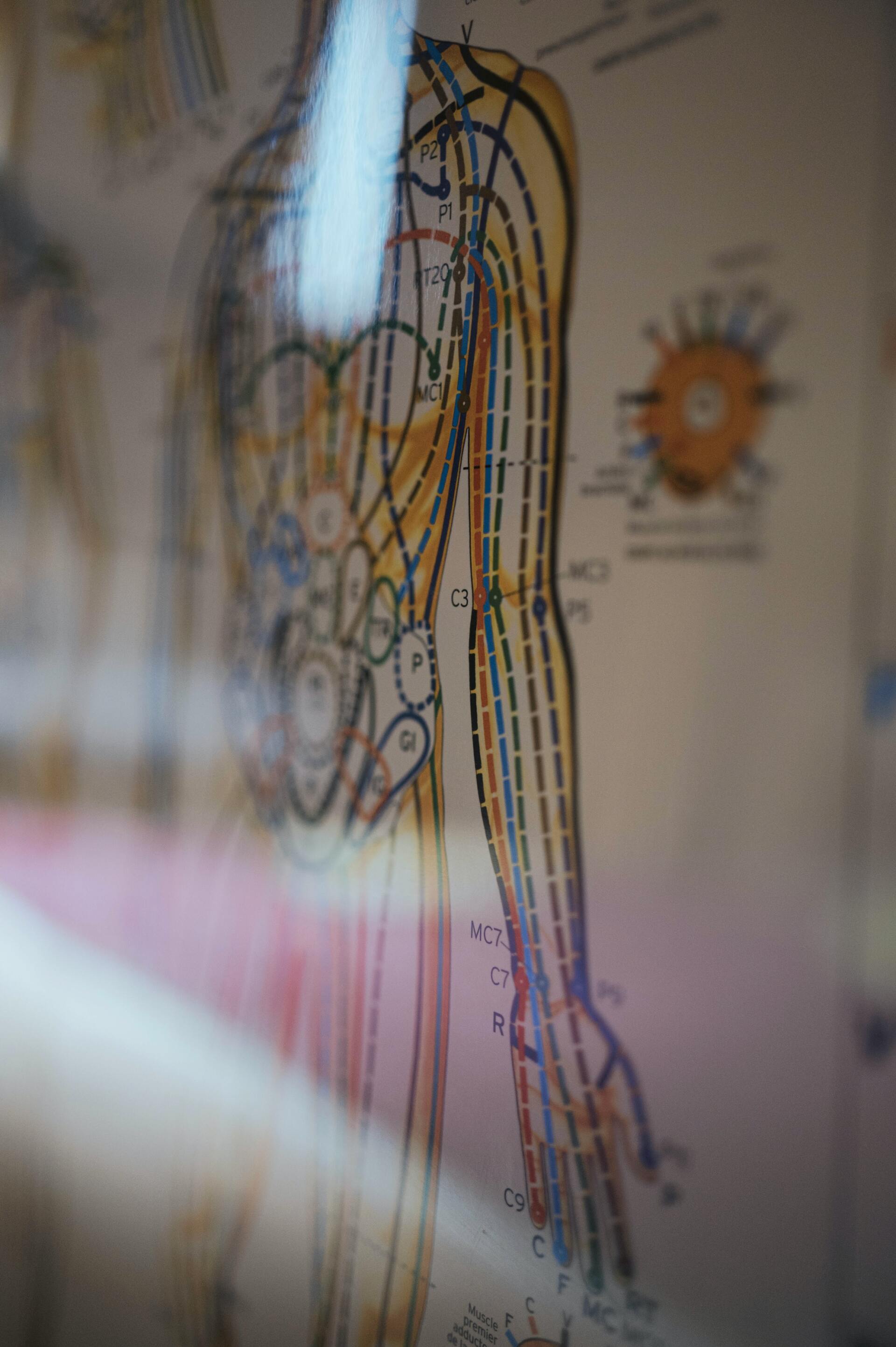Regular deep tissue massage does so much more for the human body, than just relieve muscle tension and reduce stress.
Massage stimulates many of the body's 11 organ systems, which can - and will improve your overall health and mood, and ultimately improve your quality of life!
Here's how it works:
When your muscles are tight or hold any degree of tension - blood flow is restricted, because the muscle fibers compress the blood vessels running through them, limiting the adequate flow of fluids, oxygen and nutrients into the muscles, connective tissues and organs. .
This can cause higher blood pressure readings, and over time, will damage your overall health.
.
Massage releases these restrictions - allowing the free flow of fluids, oxygen, and nutrients back into the muscles, connective tissues and organs.
This can lower your blood pressure, and reduce harmful levels of the stress hormone Cortisol, while increasing endorphin levels and the feeling of well being.
Health is everything, and many of us don't appreciate it until we lose it.
.
The Mayo Clinic website identifies massage as a valid medical method to reduce stress and pain.
They've also stated that massage reduces anxiety, depression, and may help manage withdrawal symptoms.
Medical conditions that may benefit from massage include but are not limited to:
- Anxiety
- Arthritis
- Back Pain
- Depression
- Diabetes
- Digestive disorders
- Fibromyalgia
- Low immune system
- HBP - High Blood Pressure
- Headaches
- Insomnia
- Migraines
- Muscle pain, spasms & cramps
- Sciatica
- Soft tissue strains
- Stress levels
.
Also, the National Institute of Health (NIH) published their own review on the health effects of massage therapy.
This review showed that massage therapy had been shown to have beneficial effects on varying conditions, including Depression, Autism, skin conditions, arthritis and fibromyalgia, hypertension, autoimmune and immune conditions, and aging problems including Parkinson's and dementia.
For more information on this review, click on NIH Massage Therapy Research Review.
.
Warning: Medical contraindications of Massage
- Please consult with your physician prior to starting massage therapy, if you have any medical conditions, including:
- Blood clots, or have a tendency towards them - Massage may dislodge blood clots.
- Blood thinners - Deep Tissue massage may cause bruising.
- Cancer - Light and targeted massage is recommended with physician's approval only.
- Fractures, ligament or tendon injuries, sprains, or bruises.
- Immediately after surgery.
- Infected injuries, rashes or unhealed wounds.
- Inflammation - Massage must be administered to the areas surrounding the inflammation.
- Neuropathy - Deep tissue massage is not recommended in regions where there is numbness.
- Varicose veins - Massage administered directly over varicose veins may worsen the condition.
- If you're sick - Massage can accelerate the condition.
.
Below is a menu of common medical conditions
